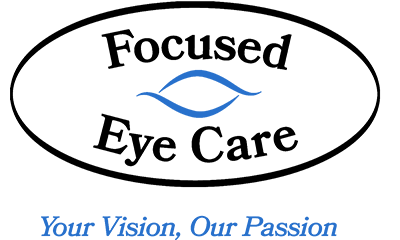Have you ever been tempted to buy cheap glasses you see online or the reading glasses you found at a discount store? They look just as good as the prescription eyeglasses you paid full price for, right?
The hard truth is they are not the same as the high-quality prescription eyewear provided by our office. Unreliable eyeglasses are more likely to break, scratch, and discolor over time. Your goal should be to buy glasses that will last and will not need frequent replacement. The cost of replacing cheap glasses can add up to the same cost as purchasing a more expensive, quality pair, originally.
Know what you lose
When comparing costs, there is always a compromise to be made. One of the biggest elements lost when buying cheap eyeglasses is individual care. Opticians recommend eyewear based on your daily routine, provide professional fittings, and ensure the quality of your eyewear is examined.
Same top quality?
Online glasses retailers often state that they offer the “same top quality” as eyecare practices. How do you know what their definition or range of top quality is? Cheap price often means cheaper materials.
Try before you buy
Usually, when buying glasses from an online retailer, you sacrifice the opportunity to try the glasses on and see how they fit your face. A virtual try-on does not allow for an accurate representation of how glasses look and fit on your face.
You cannot receive a proper fitting
If you choose to purchase eyeglasses from an online supplier, you forfeit a proper fitting. As a result, you may purchase a pair of glasses that are too tight or loose for your face.
Cheap frames
A downside to cheaper frames is they are more likely to cause skin irritation. Cheaper metal frames can discolor your skin or even cause a skin rash due to allergy. With prolonged wear, cheap plastic frames will discolor in sunlight and the smooth finish will diminish.
Durability
Another inevitable loss with cheaper eyeglasses is durability. Frames made with inexpensive materials are not designed to withstand extended use as well as eyeglasses sold by eye practitioners are able to.
Reading glasses
A wide-spread myth: all reading glasses are the same whether you purchase them at a discount store or at an eye practitioner. The truth is, your eye practitioner is able to customize the lenses to fit your exact eye and lifestyle needs. Read more about progressive lenses available at our office here.
Sunglasses lose UV protection
It’s tempting to buy cheap sunglasses because you are worried you might misplace or scratch them. However, it is crucial to protect your eyes from UV radiation damage. Don’t give up 100% UV protection for a cheap sticker price.

